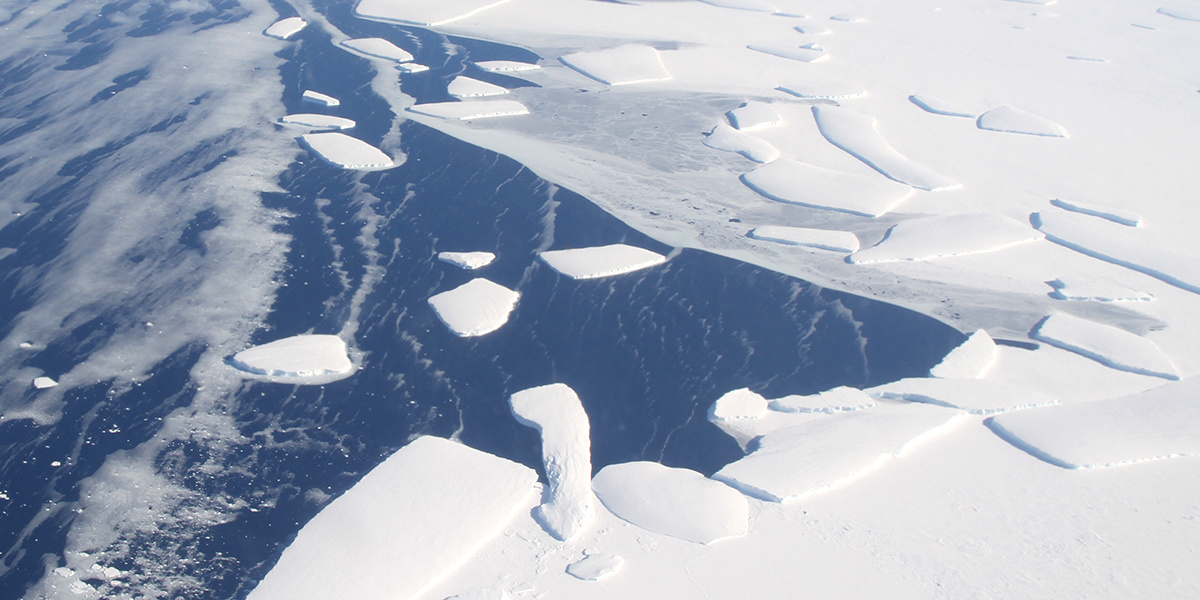
Good News From Antarctica: Rising Bedrock Could Save Vulnerable Ice Sheet

After last week’s disturbing news that ice melt in Antarctica has tripled in the last five years, another study published Thursday offers some surprising good news for the South Pole and its vulnerable West Antarctic Ice Sheet (WAIS).
The study, published in Science by an international research team, found that the bedrock below the WAIS is rising, a process known as “uplift,” at record rates as melting ice removes weight, potentially stabilizing the ice sheet that scientists feared would be lost to climate change.
“The rate of uplift we found is unusual and very surprising. It’s a game changer,” study co-author and Ohio State University (OSU) earth science professor Terry Wilson said in an OSU press release.
The study is good news for coastal dwellers, since the WAIS could cause more than three meters (approximately 9.84 feet) of sea level rise if it collapsed, according to The Independent.
Luckily, as ice melts, weight is removed from the ground beneath it, which springs up and moves the remaining ice further from the warming water melting it from below.
“This very rapid uplift may slow the runaway wasting and eventual collapse of the ice sheet,” study co-author and Colorado State University professor Rick Aster told The Independent.
“The uplift tends to stabilize the critical grounding line where the ice sheet loses contact with underlying bedrock or sediment and goes afloat,” Aster said.
Researchers knew removing ice would lead to bedrock uplift, but they thought it would be a process that would take thousands of years and would not happen quickly enough to stabilize the ice sheet.
Instead, they measured an uplift rate of 41 millimeters (approximately 1.6 inches) a year, compared to uplift rates of 20 to 30 millimeters (approximately 0.79 inches to 1.18 inches) a year in Alaska and Iceland, which are considered fast.
“We previously thought uplift would occur over thousands of years at a very slow rate, not enough to have a stabilizing effect on the ice sheet. Our results suggest the stabilizing effect may only take decades,” Wilson said in the release.
This is because the mantle, a layer of hotter, fluid rock under the earth’s solid crust, is hotter and more fluid under the ice sheet than scientists previously thought, according to study lead author Valentina R. Barletta of the Technical University of Denmark.
Scientists not involved in the study said the findings would not ultimately save the ice sheet if humans keep “stomping on the climate gas pedal.”
“It’s not a get out of jail free card,” Ted Scambos, a glaciologist at the National Snow and Ice Data Center in Boulder, Colorado told Science. “It’s more of a refinement on the pace of [ice sheet] collapse,”
And the rate of uplift indicates weight removal, suggesting that 10 percent more ice has melted than previously thought, the OSU release said.
But the findings underline the fact that there is still more to discover about how exactly climate change will interact with other earth systems when assessing how its impacts will play out.
“The new findings raise the need to improve ice models to get a more precise picture of what will happen in the future,” Barletta said.
Earth's Melting Glaciers Captured in Stunning Before-and-After Images https://t.co/Oe6d7KARuF @climatehawk1 @ClimateReality @MichaelEMann
— EcoWatch (@EcoWatch) April 21, 2017

 233k
233k  41k
41k  Subscribe
Subscribe 